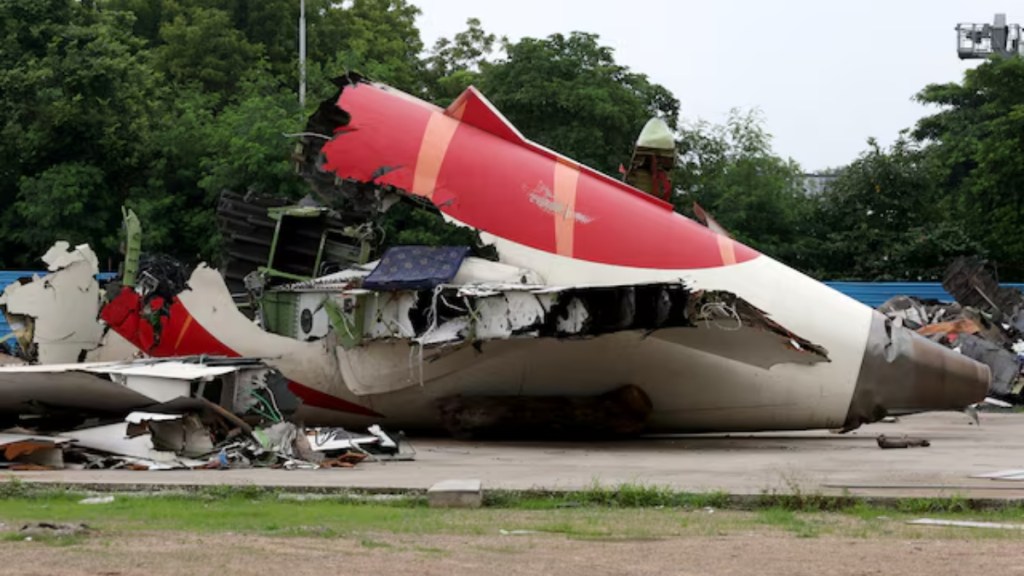The 15-page preliminary report released by the Air Accident Investigation Bureau (AAIB) on the Air India plane crash, has sparked strong reactions and controversies. Some foreign media publications have been called out for suggesting that the crash could have been caused by one of the pilots. This claim has upset many in the aviation community, including the Indian Commercial Pilots Association, which said that it was ethically wrong to make such serious accusations without all facts.
What is missing from AAIB’s preliminary report?
The experts are now pointing out that the report is “vague”. According to the BBC report, the theories behind what actually happened varies but mostly the dominant view is that some very critical information regarding the crash is still missing. In fact, pilots and aviation experts have suggested that the report is incomplete. “They’ve told us stuff they want us to know at the moment, and withheld what they don’t want us to know,” a pilot told BBC.
Full transcript of cockpit voice recorder
One major concern is that it doesn’t include a full transcript of the cockpit voice recorder, which would put the pilots’ conversation on fuel cut-off switches in perspective. Without that, many believe the findings are unclear and raise more questions than answers.
Bjorn Fehrm, an aeronautical analyst while speaking to BBC questioned why there was no explanation for the events that happened during the critical 10 seconds between the switches being turned off and the engine relight attempt. He believes key details may be missing and said the report seems to leave out important information. “It’s someone trying to hide something,” Fehrm told BBC.
What happened to the engines before fuel switches went off
An engineering source told BBC that the report leaves out key details and only shares selected information. The sources said that it doesn’t clearly explain what the engines were doing just before the fuel switches were turned off.
The report does mention that the engine speed started dropping from take-off values when the “fuel supply to the engines was cut off.”
The source said that this detail matters because pilots are trained to turn the fuel switches off and then back on to restart an engine if it’s already losing power.
Fuel switch warning in 2018
Another part of the crash report that has drawn major concern is the mention of a safety notice issued by the US aviation regulator, the Federal Aviation Administration (FAA), back in 2018.
The notice, called a Special Airworthiness Information Bulletin, warned that in some Boeing 737 aircraft, the fuel cut-off switches were found without their locking feature. This meant the switches could be accidentally moved.
At the time, the FAA said this was a safety concern, but not serious enough to require mandatory fixes. Instead of issuing an official order, they simply advised airlines using affected Boeing aircraft, including 787s—to carry out basic checks on the switches.
According to the crash report, Air India did not perform those checks. This has led to speculation that one of the switches may have been flipped by mistake, possibly playing a role in the incident.
However, a private note from the FAA seen by the BBC confirmed that the agency still believes the issue did not pose a safety risk.
Engineering experts have told BBC that the throttle control module on the crashed plane had been replaced twice, with the most recent replacement happening two years before the accident. This replacement would have also included new fuel cut-off switches.
Fehrm has stated that mentioning FAA’s old safety advice in the report doesn’t matter in this case and has no connection to the actual accident.

